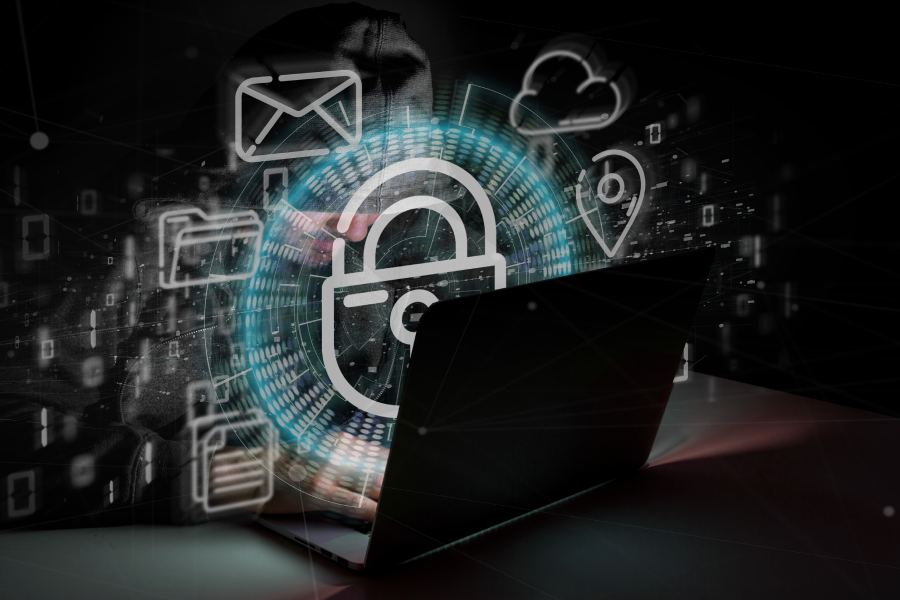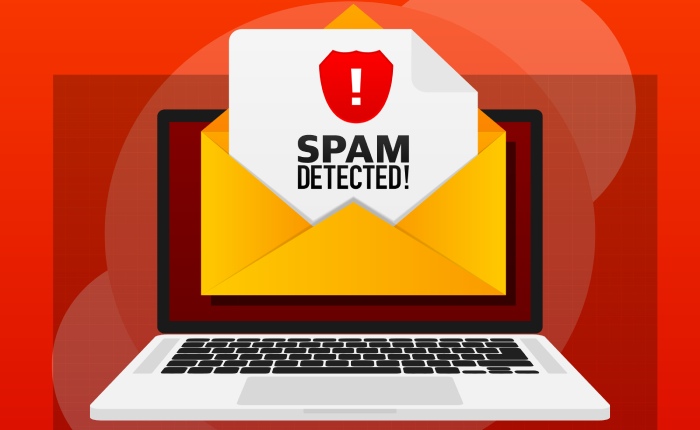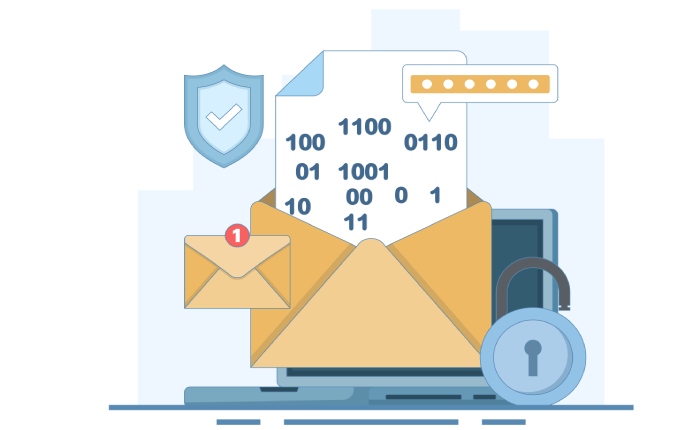The digital age has witnessed emails emerge as one of the most original and popular methods for online correspondence. Regardless of the size of an enterprise, email security continues to be a concern. In 2017, the number of email users across the globe was around 3.7 billion. This figure is likely to rise to 4.3 billion by 2022. Besides, malicious actors have close to 300 billion emails dispatched around cyberspace to target each day. Without a robust line of defense, an organization would always be in the shadow of an attack from adversaries. Phishing attempts, ransomware attacks, malicious attachments, and links continue to exploit the vulnerabilities.
Why Does Email Security Matter?
Organizational email accounts stand out as prime targets for malicious players. Exploiting emails enables them to access valuable consumer data. For attackers, taking advantage of overlooked security patches is easy, particularly by deploying ransomware, malware, phishing, or DDoS (distributed denial of service) attacks. No wonder why forward-thinking organizations are deploying ransomware protection and anti-phishing services to ward off online adversaries.
Any leakage of consumer or marketing data can wreak havoc on the organization. Financial and reputational losses, besides loss of market share and sales, happen to be some of the severest fallouts of malicious attacks.
Key Statistics That Point To The Need For Email Security For Organizations
- Spam emails constitute around 84% of the global email traffic.
- Email delivers as much as 92% of all malware to targets.
- Incidents of phishing witnessed a 110% rise from 2019 to 2020, increasing from 1,14,702 to 2,41,342.
- In 2020, the compromise of business emails accounted for a loss of more than $1.8 billion for organizations.
Best Standards Enterprises Need To Incorporate
To leverage email security, most organizations count on the leading email hosting service providers. These hosting providers may be able to provide the basic protective measures such as protection from spam but often fall short when it comes to keeping your organizational email infrastructure safe from significant threats such as spoofed domains, phishing, and ransomware attacks. Here is a look at the key strategies that enterprises must deploy to leverage their defense against malicious actors.
Deploying DMARC
Since 2015, DMARC (Domain-based Message Authentication, Reporting & Conformance) has been an extensively deployed email authentication standard. With this standard, domain owners get the liberty to control the senders who can dispatch emails from the organization’s domain. Presently, around 80% of the email inboxes around the globe use DMARC. The IETF (Internet Engineering Task Force) is trying to establish DMARC as an official standard. Therefore, organizations need to have this standard implemented besides TLS /SSL encryption on their respective websites. As an enterprise leader, you must look for an email hosting solution that deploys DMARC, DKIM, and SPF to track and analyze the sender’s reputation.
Using BIMI
BIMI stands for Brand Indicators for Message Identification. It is a strategy for organizations to incorporate brand logos and images to show up along with their emails. When one deploys DMARC to authenticate their domain, they can display logos along with specific messages in most inboxes. Using these images or logos also casts a strong brand impression. For marketers, this can serve as an advantage beyond email security.
Creating Email Whitelists And Blacklists
It makes sense to list down banned email addresses, which one might blacklist to prevent spammers or known criminals from exploiting emails. It would significantly ramp up phishing protection, given that known adversaries would not be able to reach the inbox. Many established hosting providers automatically blacklist certain domains by applying spam filters. One might rely on a third-party authority for blacklisting domains or deploy in-house staff for the purpose. In any case, one must get the malicious domains blacklisted, listing them by email addresses, domain names, or IP addresses. Similarly, one needs to prepare an email whitelist.
Formulate Password Policies For Employees
The integrity of passwords largely determines the strength of defense against unauthorized access to organizational data. It is imperative to have appropriate employee policies regarding the formulation and use of passwords. Here is a list of basic precautions that can significantly leverage email security.
-
- Make sure to reset passwords regularly.
- Encourage employees not to use personal information such as names and birthdays in passwords.
- Enable multi-factor authentication (MFA) wherever applicable.
- Do not share a single password across different accounts.
- Make sure that employees are not reusing passwords.
- Store all passwords securely. If necessary, use a password management solution that comes with sophisticated encryption capabilities.
Close The Accounts Of Ex-Employees
Whenever an employee leaves the organization, their access to the company’s email infrastructure must be revoked. Therefore, there must be adequate measures in place to ensure that the employees who quit do not get access to their accounts any longer to mess up the organization’s operations.
Email Encryption
A few hosting providers also ensure email encryption besides providing email archiving, tenant to tenant migration, and email forwarding services. When it comes to securing organizational data, there should be no compromise with email encryption. After all, email encryption is a cost-effective service that is easy to use. By deploying such possibilities, organizations can seamlessly receive and send critical emails securely.
With email encryption, only the intended recipient receives the email. Thus, malicious players would not be able to access the data while it is being transmitted. The process provides a greater degree of control over the emails. Considering the consistent increase in malware attacks, it makes sense to have emails encrypted to prevent information compromise. With encryption in place, adversaries would not be able to intercept any emails successfully.
Final Words
In any case, prioritizing email security services is essential, and one needs to choose the right email hosting provider to secure their organization’s critical data. A proactive stance in email communication security essentially defines an organization’s stand against online adversaries. However, even after having the best email security practices in place, organizations can continue to be vulnerable targets. Unless an organization trains its employees on the best practices, adversaries will continue to exploit vulnerabilities and loopholes.


